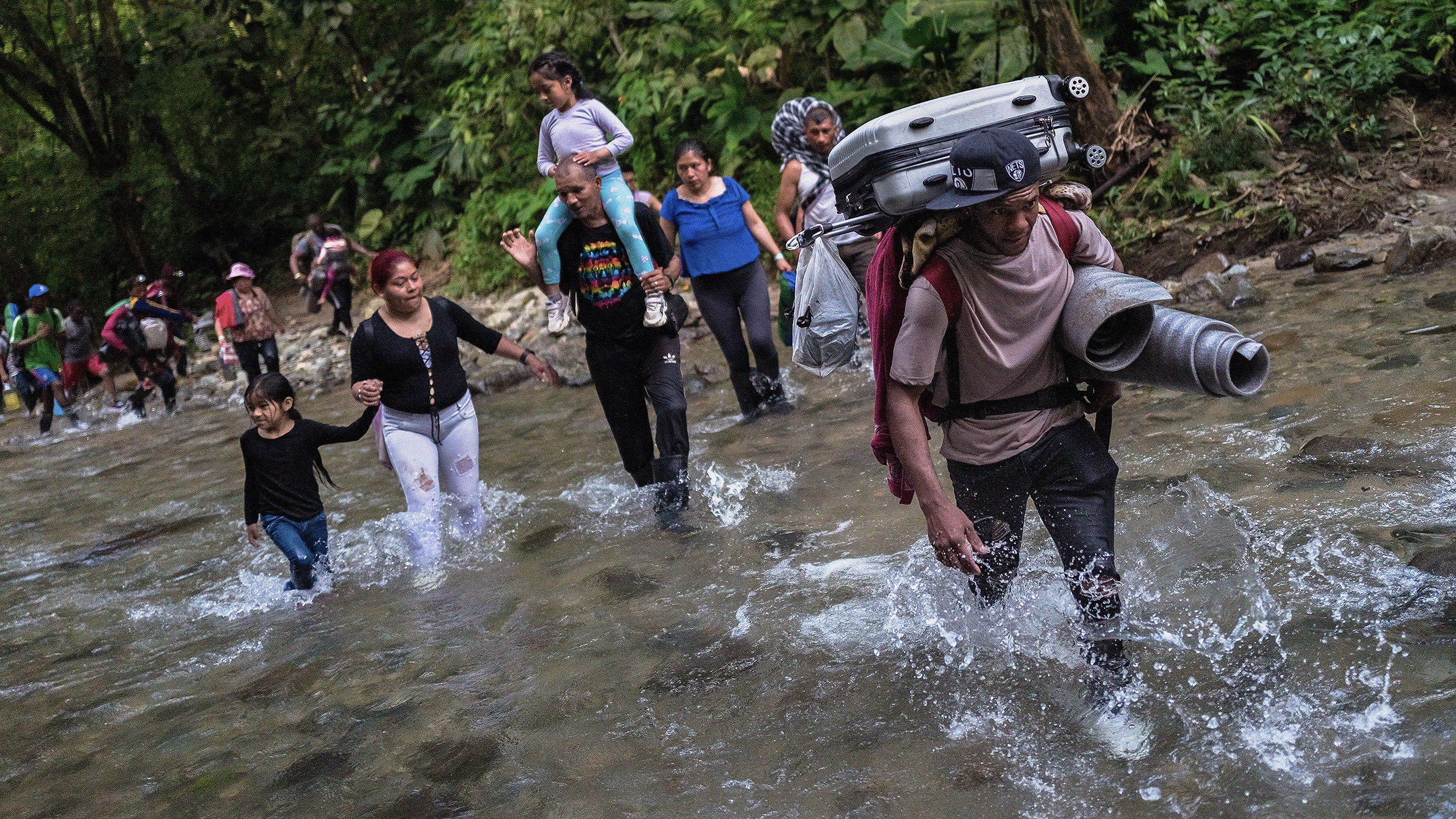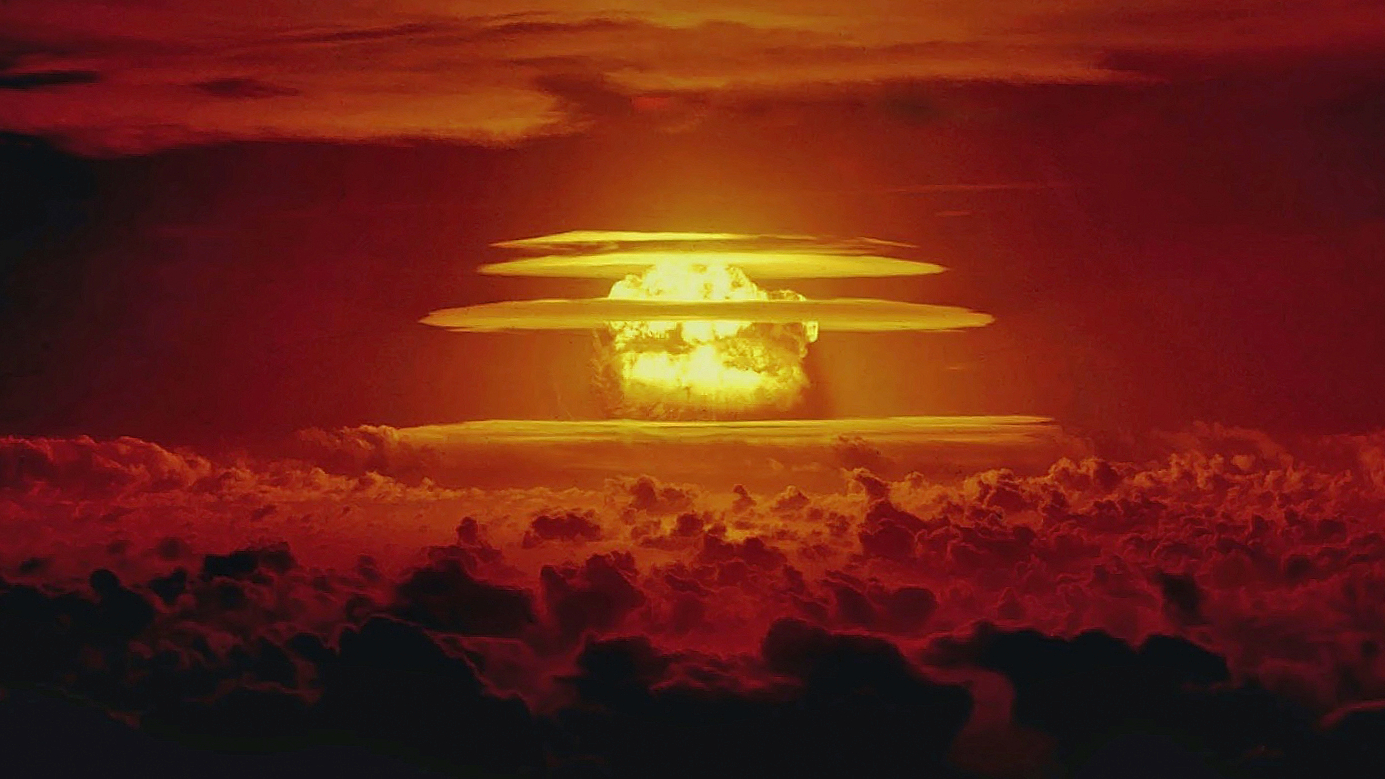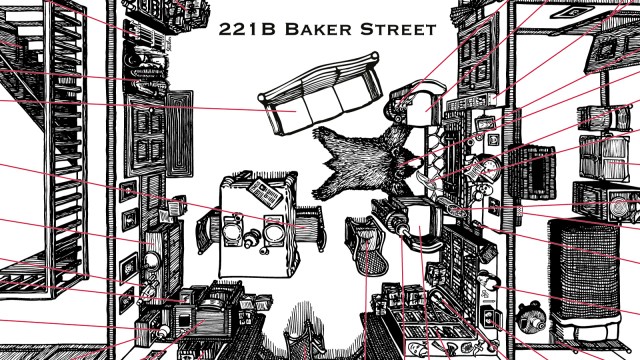289 – Galoshes of the World, Unite and Take Over!
n
n
I first encountered the term ‘galoshes’ in the same Russian novels that also introduced me, albeit equally theoretically, to the samowar*. Subsequently, I’ve always thought of galoshes (also known as overshoes or gumshoes) as typical of Russia.
n
This poster seems to confirm this, but the habit of donning rubber shoes over more delicate types of footwear to protect these from water and mud is more widespread. In fact, the word ‘galoshes’ is of French origin: galoches, possibly derives from chaussures gauloises, i.e. ‘Gallic shoes’. This could refer to shoes carved entirely out of wood (compare clogs, now considered typically Dutch), wooden soles worn underneath the shoes, or leather overshoes with wooden soles. Charles Goodyear, the pioneer of vulcanization, apparently was instrumental in the transition, somewhere near the end of the nineteenth century, of wood to rubber as a preferred component for galoshes.
n
In Russia, galoshes are an essential part of hibernal shodding, so the pavlovian association between the two isn’t too far-fetched. This ad poster for them was designed by Vladimir Mayakovski (1893-1930), the Russian futurist poet and bolshevist agitator. Mayakovski’s first published poems appeared in the futurist publication ‘A Slap in the Face of Public Taste’ (1912); his first published poem of considerable length was ‘A Cloud in Trousers’ (1915). Another great title is ‘The Backbone Flute’ (1916), a love poem dedicated, rather infelicitously, to the wife of his publisher.
n
After the Soviet revolution (1917), Mayakovski started producing both graphic and text for Agitprop** posters; he became a popular exponent of what he called Komfut (‘Communist Futurism’). As such, he was allowed to travel freely throughout the West – fathering an illegitimate child with an American woman – before growing increasingly disillusioned with the course of the Soviet Union under Stalin; he shot himself in 1930.
n
Mayakovski produced this poster in 1924 for the Soviet rubber-industry trust Rezinotrest. The text reads: “Rezinotrest protects you from rain and mud. Without galoshes, Europe would sit and weep.”
n
The map is not just strange because of the galactic galosh hurtling towards Earth; Mayakovski may have been a great poet and graphic designer, but he wasn’t much of a cartographer. The borders of the Soviet Union, highlighted in red, are rendered fairly accurately, but Europe is severely disfigured: an oversized Scandinavian peninsula points toward an expanse of water where most of Western Europe should be. There is no sign of the British Isles either, and the Iberian peninsula is wrong and too big. Iceland is attached to Greenland, and half of China seems to have fallen into the ocean. With that much more water on the planet, you’d need some big galoshes indeed to get around…
n
Thanks to Felix Hippmann for sending in this map, found here at the Wikipedia entry for galoshes.
n
* a typically Russian (and Central-Asian) kettle for boiling water to prepare tea, no relation at all to the manowar, a type of battleship.
n
** a contraction of ‘agitation’ and ‘propaganda’ reminiscent of – or rather prefiguring – the concept of Newspeak in George Orwell’s 1984, originally denoting the dissemination by the Bolsheviks of knowledge beneficial for the masses, later signifying any form of left-wing propaganda.
n
n






